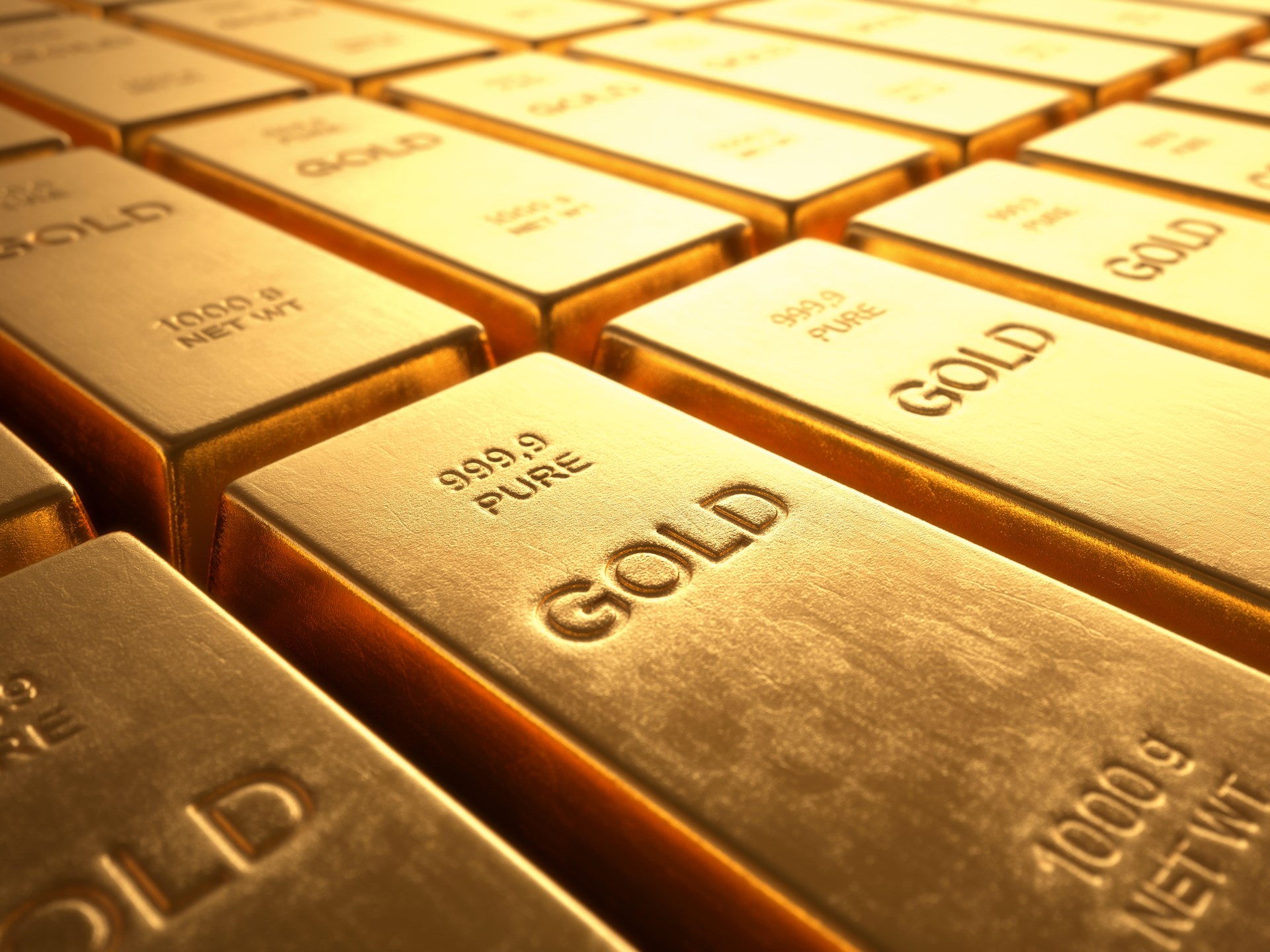- Gold Prices Hold Steady Amid Fed’s Rate Decision
- Federal Reserve Policy: What It Means for Gold
- Tariff Threats and Inflationary Risks
- Global Market Developments Impacting Gold
- Other Precious Metals: A Quick Overview
- Key Economic Data to Watch
- Actionable Insights for Investors
- FAQs
- Conclusion
Gold Prices Hold Steady Amid Fed’s Rate Decision
Gold prices remained flat in early Asian trading hours on Thursday, hovering around $2,761.79 per ounce, as the U.S. Federal Reserve opted to keep interest rates unchanged. This decision, while widely anticipated, left investors searching for clarity on the future monetary policy path. With U.S. gold futures edging up by 0.2% to $2,774.50 per ounce, the market is now closely watching economic signals to gauge the next move for the precious metal.
Why Does the Fed’s Decision Matter?
The Federal Reserve’s stance on interest rates plays a pivotal role in shaping gold prices. Higher interest rates typically reduce the appeal of non-yielding assets like gold, as investors flock to yield-bearing alternatives. However, the Fed’s decision to hold rates steady, coupled with Chair Jerome Powell’s cautious remarks, has left the market in a state of uncertainty.
“Further progress on inflation or signs of labor market weakness would be necessary before considering rate cuts,” said Fed Chair Jerome Powell.
Federal Reserve Policy: What It Means for Gold
The Fed’s decision to maintain interest rates comes after a series of rate adjustments earlier in 2024, which saw the benchmark rate reduced by a full percentage point. While this move was expected, it underscores the central bank’s cautious approach to monetary policy. For gold investors, this means that the metal’s appeal as a safe-haven asset could be influenced by future rate decisions and economic data.
Key Factors to Watch:
- Inflation Trends: Persistent inflation could push the Fed to maintain higher rates, potentially dampening gold’s appeal.
- Labor Market Data: Signs of weakness in the job market could prompt the Fed to consider rate cuts, boosting gold prices.
- Global Economic Conditions: Geopolitical tensions and trade policies could also impact gold’s performance.
Tariff Threats and Inflationary Risks
Investors are also keeping a close eye on U.S. President Donald Trump’s tariff threats. The White House has confirmed plans to impose steep tariffs on Mexico and Canada, with additional tariffs on China under consideration. These policies, seen as potentially inflationary, could compel the Fed to maintain higher interest rates for an extended period.
How Tariffs Impact Gold:
Tariffs often lead to higher prices for imported goods, which can fuel inflation. While gold is traditionally seen as an inflation hedge, prolonged high interest rates could offset this benefit. As a result, investors are weighing the potential impact of tariffs on both inflation and monetary policy.
Global Market Developments Impacting Gold
Beyond the Fed’s decision, several global developments are influencing the gold market:
European Central Bank (ECB):
The ECB is widely expected to announce an interest rate cut later today. Such a move could weaken the euro, potentially boosting the U.S. dollar and putting pressure on gold prices.
London Bullion Market:
Traders are racing to borrow gold from central banks, driven by increased gold deliveries to the U.S. amid speculation about potential import tariffs. This activity highlights the interconnectedness of global markets and the impact of trade policies on gold demand.
Other Precious Metals: A Quick Overview
While gold remains in focus, other precious metals are also showing notable movements:
- Silver: Up 0.2% to $30.85 per ounce.
- Platinum: Gained 0.7% to $952.49 per ounce.
- Palladium: Increased 0.5% to $967.38 per ounce.
Key Economic Data to Watch
Several key economic indicators are set to be released, which could influence gold prices:
- 0630 GMT: France Q4 GDP Preliminary
- 0900 GMT: Germany Q4 GDP Flash Estimate
- 1000 GMT: EU GDP Flash Prelim & Unemployment Rate (Dec)
- 1315 GMT: ECB Refinancing Rate Decision
- 1330 GMT: U.S. Q4 GDP Advance Estimate, Initial Jobless Claims (Jan 25)
- 1530 GMT: U.S. EIA Natural Gas Storage Data (Jan 24)
Actionable Insights for Investors
For investors navigating the current gold market, here are some actionable tips:
- Monitor Fed Communications: Stay updated on Fed announcements and economic data to anticipate potential rate changes.
- Diversify Your Portfolio: Consider including other precious metals like silver and platinum to hedge against market volatility.
- Watch Global Developments: Keep an eye on geopolitical events and trade policies that could impact gold prices.
FAQs
1. Why do higher interest rates reduce gold’s appeal?
Higher interest rates increase the opportunity cost of holding non-yielding assets like gold, making yield-bearing investments more attractive.
2. How do tariffs affect gold prices?
Tariffs can lead to higher inflation, which typically benefits gold. However, if tariffs prompt the Fed to maintain higher interest rates, gold’s appeal may be dampened.
3. What should investors watch for in the coming weeks?
Investors should monitor Fed communications, inflation data, and global economic developments to gauge the future direction of gold prices.
Conclusion
Gold prices remain steady as the Federal Reserve holds interest rates, leaving investors to navigate a complex landscape of economic signals and global developments. By staying informed and adopting a strategic approach, investors can better position themselves to capitalize on opportunities in the precious metals market. Whether you’re a seasoned investor or just starting out, understanding the interplay between monetary policy, inflation, and global events is key to making informed decisions.




